LG totally missed its best comeback opportunity in ages with the Velvet 5G
This article may contain personal views and opinion from the author.
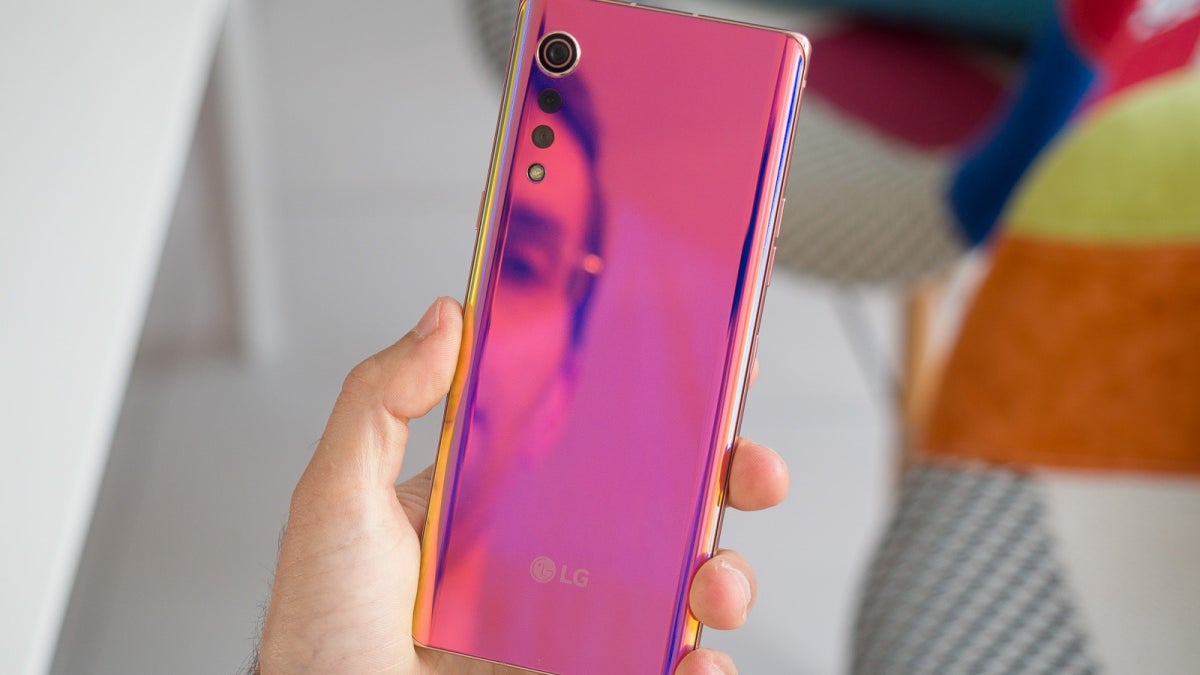
There have been many op-eds and detailed analyses, including on our little website here, dedicated to the steady rise and sudden fall from grace of LG's mobile division written in the last few years, as well as quite a few editorials and forward-looking articles penned by tech enthusiasts, including yours truly, perennially convinced the company's next big thing would be the one to kick off a spectacular comeback.
But flagship after flagship, LG's G and V-series handsets did little else than bury the brand deeper and deeper in its sea of mediocrity and quirky concepts executed without conviction. Last year's G8 ThinQ was arguably the culmination of the tech giant's strategic errors, getting every single distinguishing feature wrong (from the finicky Air Motion gesture system to the head-scratching Hand ID recognition) while otherwise losing itself in a crowd of better-looking high-enders.
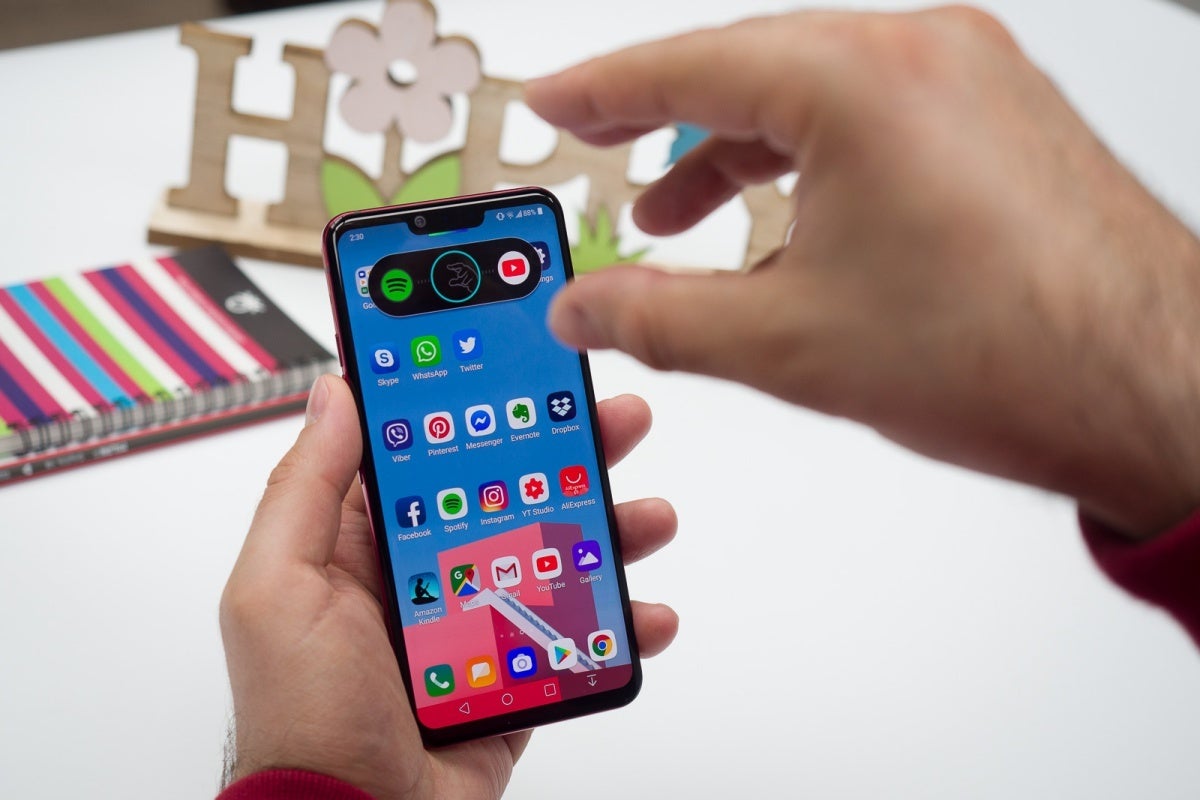
The G8 ThinQ was almost comically bad from several different standpoints
The 5G-enabled V50 ThinQ and V50S ThinQ, as well as the G8X ThinQ, also failed pretty miserably at standing out from the pack, which unsurprisingly reflected poorly on the company's balance sheet. For the umpteenth time in recent years, LG trumpeted a change of course and revised strategy in yet another attempt at getting its mobile mojo back, which initially generated minimal excitement.
For once, the company quickly proved its seriousness, killing off the tired and boring G series and kicking off one of the industry's greatest buzz-building campaigns this writer can remember. Unfortunately, LG somehow managed to raise the hype from 0 to over 9000 and then bring the excitement close to 0 again, all in the space of a little over two months. That's... quite an achievement, but it's obviously not a desirable one for a long-struggling smartphone vendor.
So much wasted potential
Due to the coronavirus pandemic, as well as the increasingly prohibitive prices of high-end mobile devices around the world and the rapidly improving performance of Qualcomm's Snapdragon 700-series processors, 2020 is shaping up to be the year of the upper mid-range phone. Just ask Samsung, which sold far more Galaxy A51 units than S20, S20+, or S20 Ultra copies during the year's first quarter, despite releasing the mid-end 6.5-inch model stateside in April.
The advent of 5G is also playing a key role in this apparent shift in mainstream popularity, further contributing to the rising costs of ultra-premium handsets like the aforementioned members of the S20 family at a time when more and more people are trying to keep "non-essential" expenses in check.
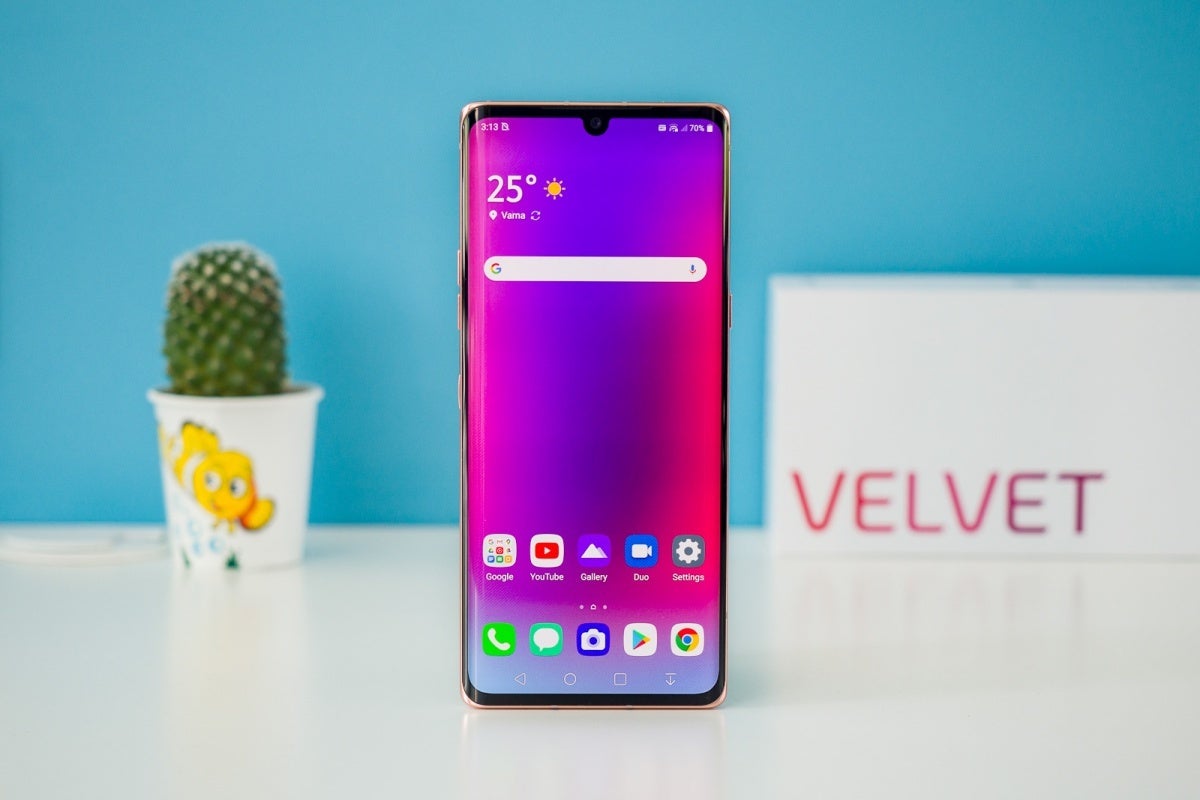
In a nutshell, all the stars were aligned in the the LG Velvet 5G's favor, which went official in early May as one of the world's first devices powered by the respectable Snapdragon 765G SoC. Unlike its alphanumeric forerunners, this presumably budget-friendly bad boy also rocked a completely distinctive design, which LG inspiredly highlighted in multiple official pre-launch teasers.
Now, I like a good, early, and credible leak as much as the next mobile tech writer, but LG's unconventional marketing campaign worked like a charm, gradually revealing every little thing that was supposed to make the Velvet 5G special.
Of course, you can only keep the buzz going for so long, and alas, it feels like the company totally squandered an incredible opportunity to convert that early enthusiasm into actual sales by... not releasing the Velvet. Almost two months after the objectively gorgeous handset was fully unveiled in South Korea, LG has yet to announce its pricing and availability details for North America.
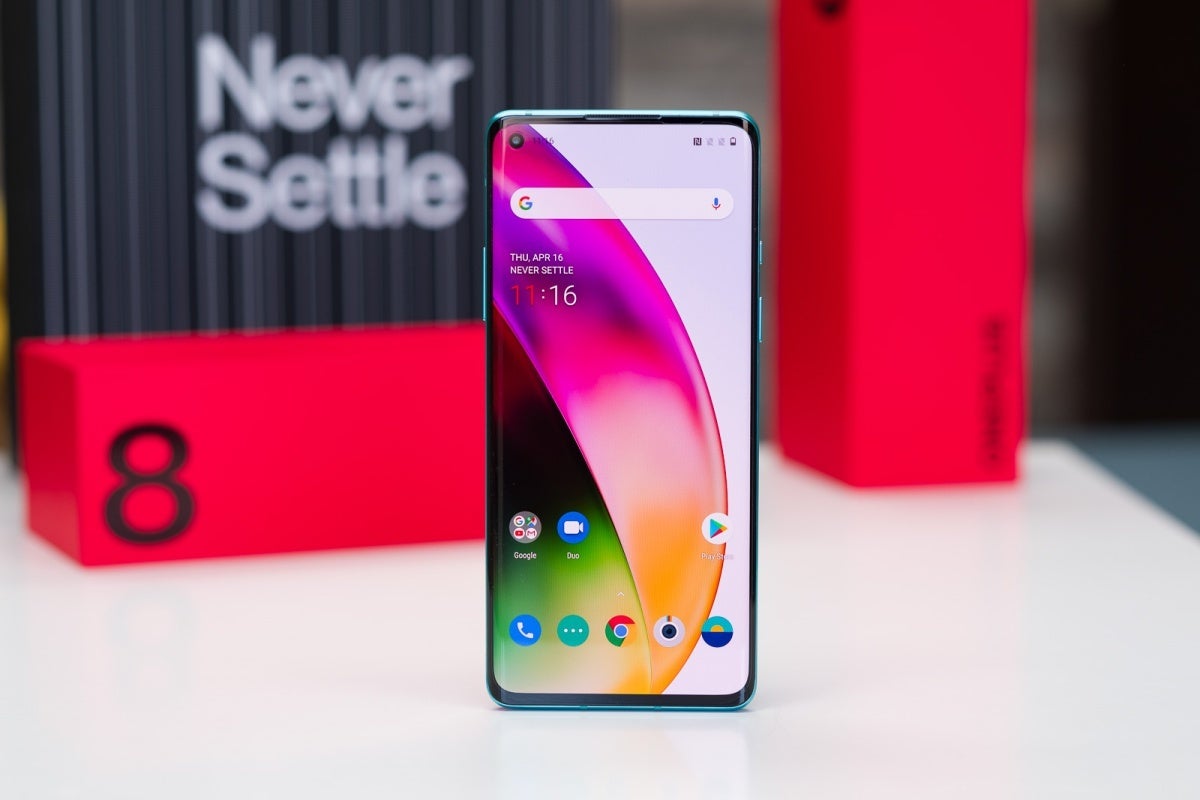
The $700 OnePlus 8 5G is an indisputable value champion
In the meantime, Samsung's Galaxy A71 5G has already been released in the US. Granted, that thing is arguably not as eye-catching as the LG Velvet 5G, but it's here now, just as powerful and significantly cheaper. Making matters even worse, the Velvet is expected to cost roughly the same as the Snapdragon 865-powered OnePlus 8 5G, which is also here already... and available at a huge discount on T-Mobile.
Bottom line, it looks like LG has quickly gone back to its typical shenanigans after taking a page from the (not so) old OnePlus playbook of unorthodox advertising, overpricing what was supposed to be a considerably cheaper device than the no-nonsense (and instantly forgettable) V60 ThinQ 5G and inexplicably holding off the Western expansion of the Velvet 5G.
Second time could be the charm
While it's obviously not too late for the Velvet 5G to prove me wrong and sell like hotcakes in key markets like the US... eventually, LG may need to go back to the drawing board yet again and try to come up with a new way to right the slowly sinking mobile ship.
They say every mistake is a learning opportunity, and even though LG has shown time and time again it's incapable of applying the lessons of its past errors towards improving its designs and release strategies, the Velvet 5G lessons are just too easy to understand and actually harder to fritter away.
One interesting thing that the company revealed in the lead-up to the official Velvet announcement is the death of "alphanumerical designations" after the convoluted and confusing G8X ThinQ and V60 ThinQ 5G. That almost certainly means there's no V60S or V70 ThinQ in the pipeline, with LG instead intent on setting its future high-end (ish) devices apart from the competition starting with their branding.
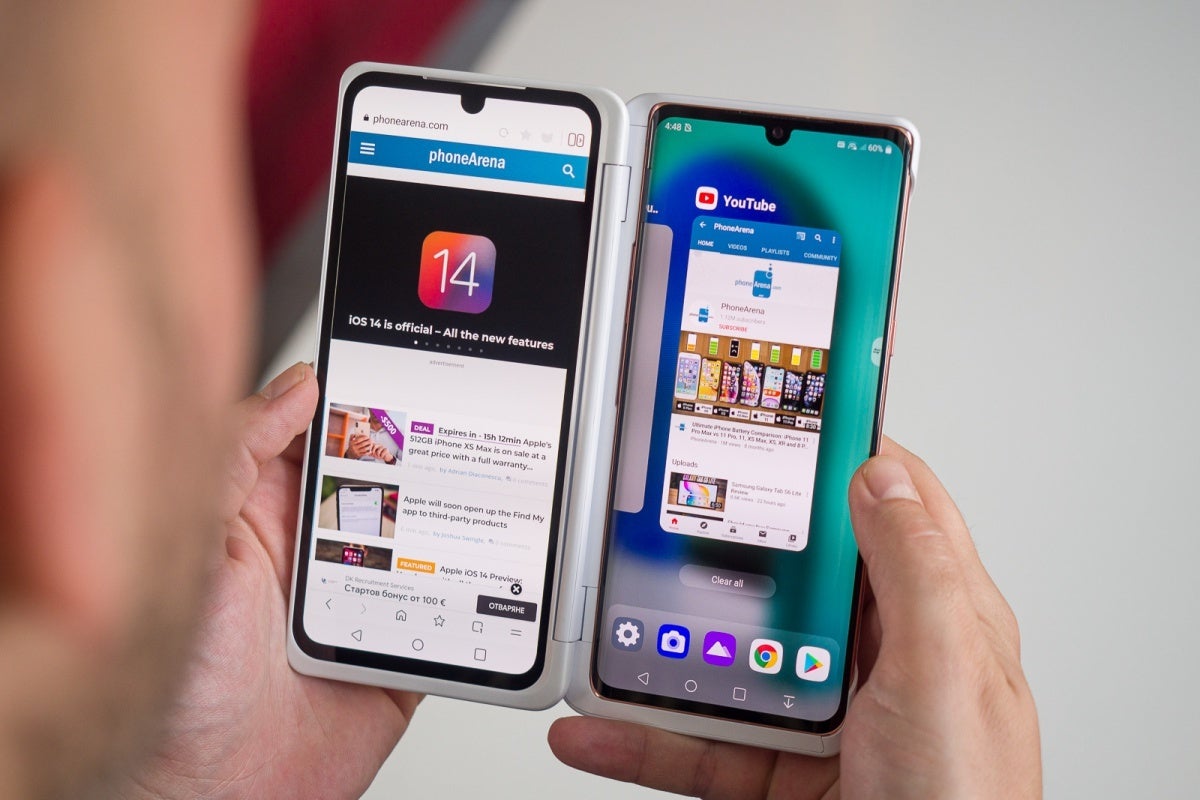
That's 100 percent the right call, especially if LG can keep coming up with cool names like Velvet. More importantly, the company would be wise to continue doing its own thing as far as designs go too... as long as the Velvet 5G sequel manages to strike the same great balance between style and usability. Speaking of usability, the dual screen and active pen support can also stay, potentially helping LG carve out a niche of its own while so many other companies are rehashing the same old ideas or exploring dubious concepts like portless smartphones or "waterfall" displays.
In other words, LG merely needs to deliver more of the same (for a change) with its next flagship (or value flagship) while improving the value part of the equation and striking while the iron is hot worldwide. Sounds simple in theory, but in reality, it looks far more complicated to successfully carry out.
Follow us on Google News










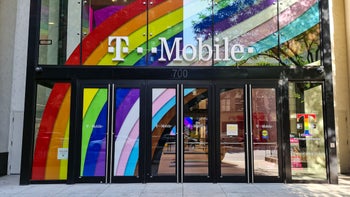






Things that are NOT allowed:
To help keep our community safe and free from spam, we apply temporary limits to newly created accounts: